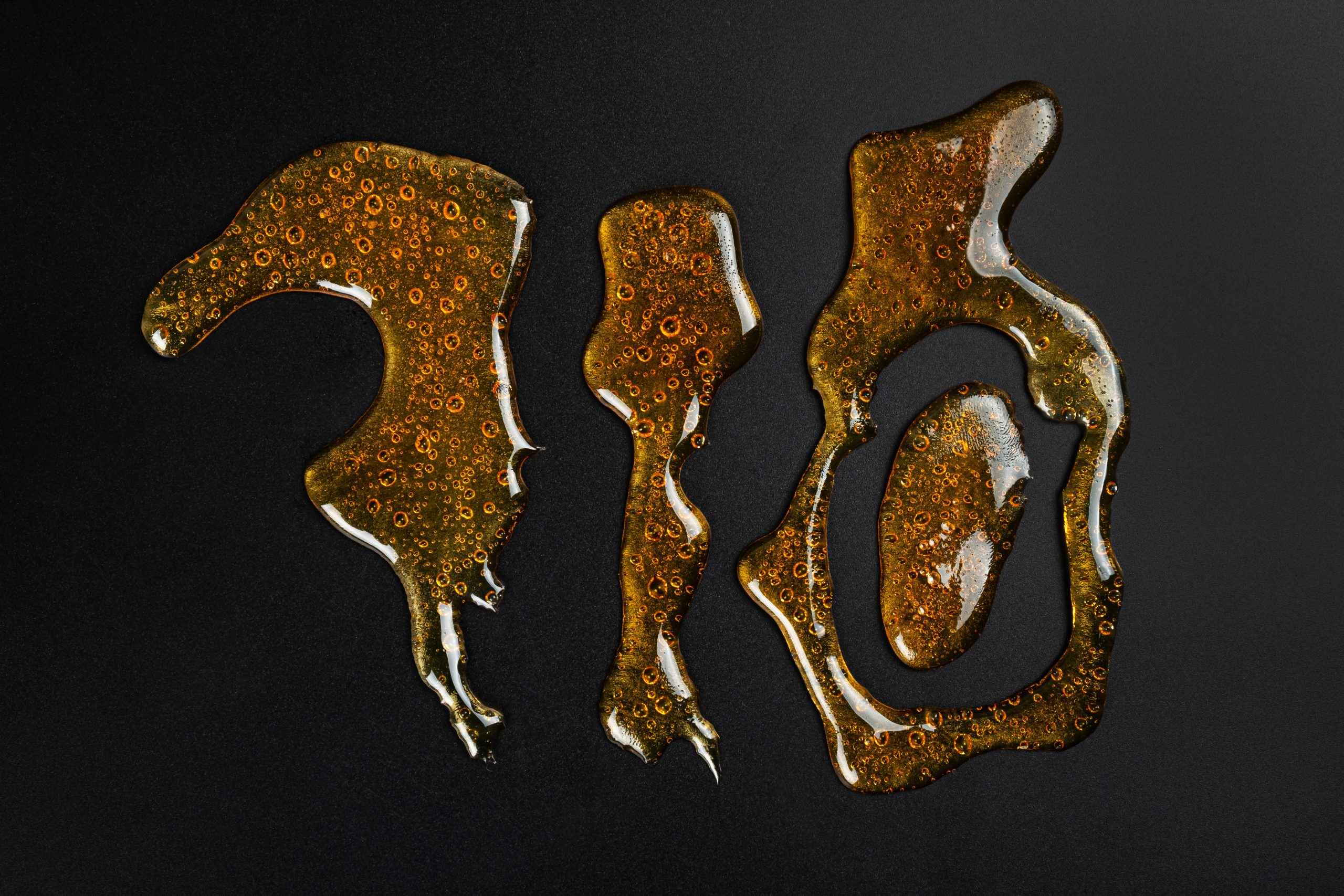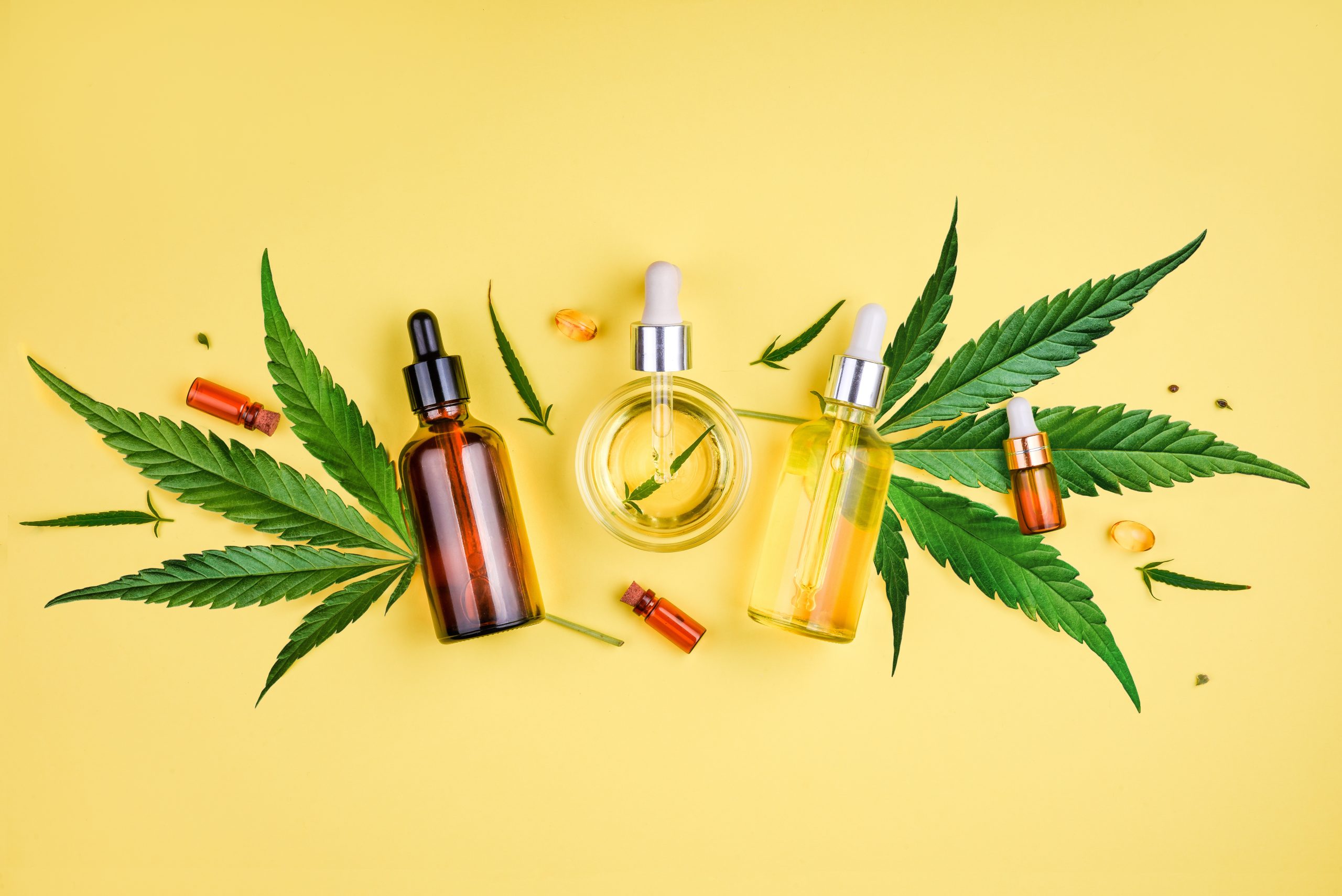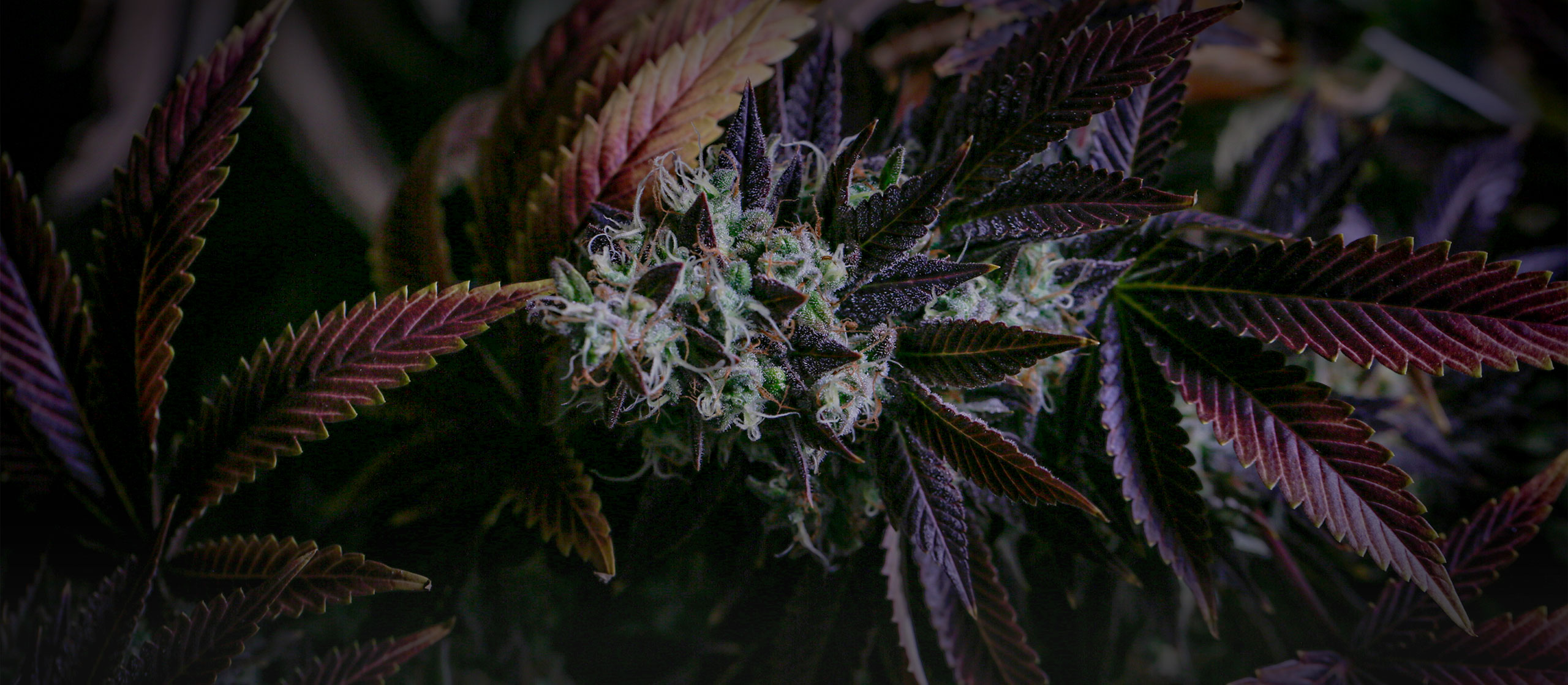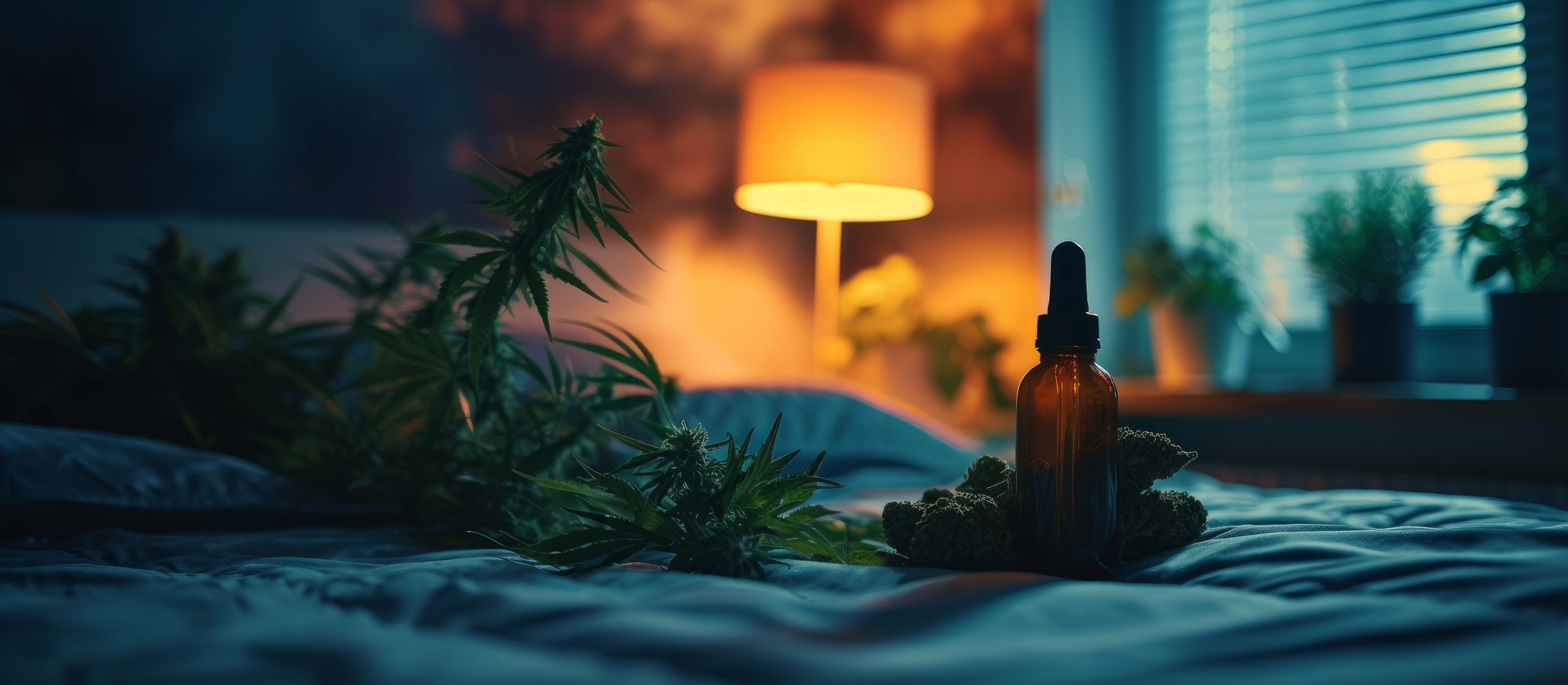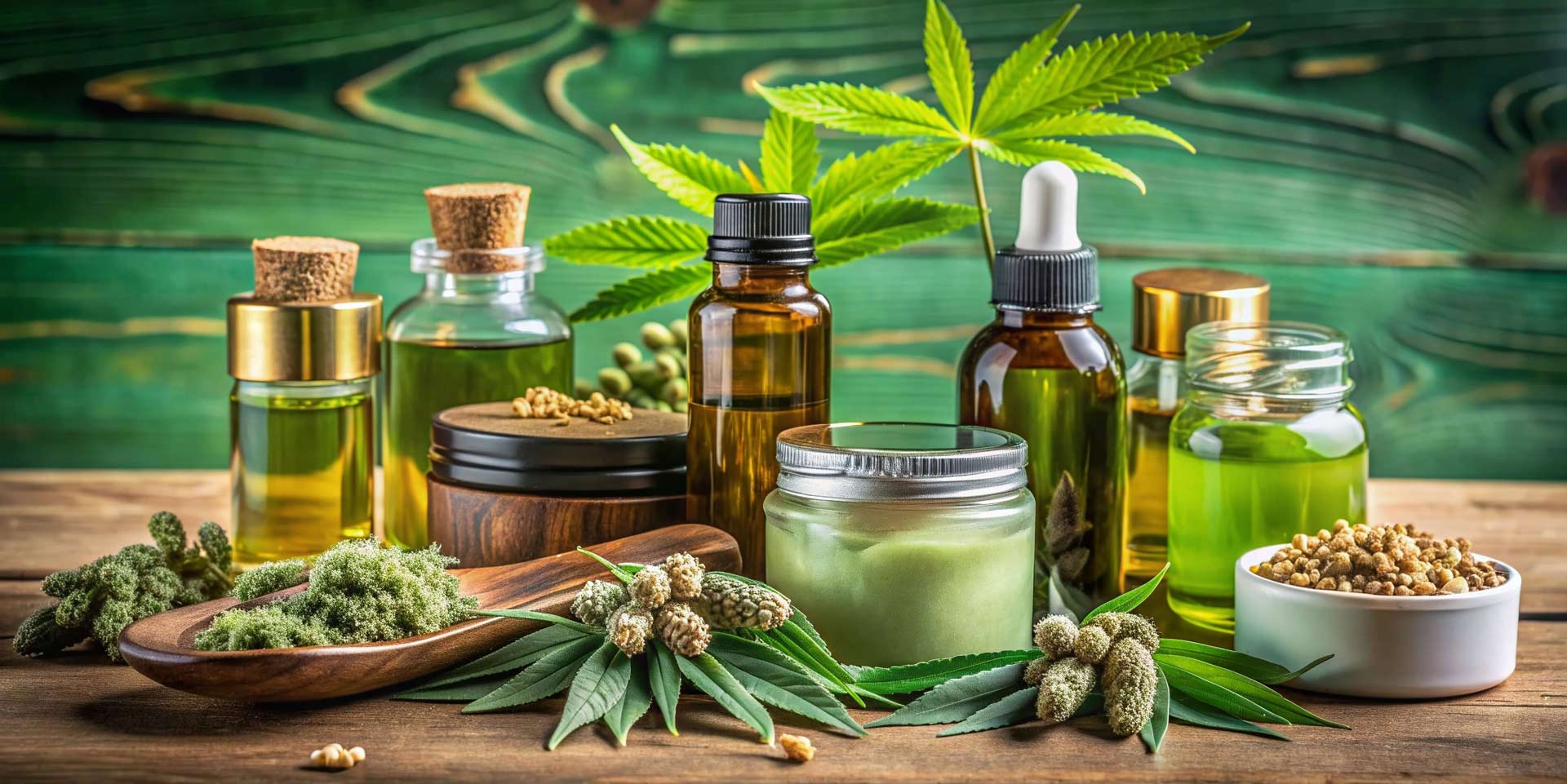When you first start learning about cannabis, the first thing you usually learn about is THC and CBD, the two most popular cannabinoids. But there is so much more that cannabis contains, and that’s what gives cannabis its infinite possibilities.
In this blog, we are going to cover terpenes and minor cannabinoids and how these compounds make each strain special.
What are terpenes?
Terpenes are organic compounds found in many plants, including cannabis. They are responsible for the characteristic smells and flavors of different cannabis strains and also play a role in modulating the effects of other compounds found in cannabis.
The effects of terpenes on the body and mind can vary depending on the specific terpene and the dose consumed.
There are over 400 types of terpenes found in cannabis, but here are the five most common terpenes that you will come across in cannabis:
- Myrcene: Myrcene has a musky, earthy aroma and is one of the most common terpenes found in cannabis, making up as much as 50% of some strains. Myrcene is believed to enhance the psychoactive effects of THC by allowing it to cross the blood-brain barrier. Strains with high levels of myrcene are typically associated with a “couch-lock” effect, characterized by feelings of relaxation and sedation.
- Limonene: As the name suggests, limonene has a distinct citrusy aroma and is used in a variety of products such as cosmetics, fragrances, and cleaning agents. Strains with high levels of limonene are typically associated with an uplifting and energizing effect, and may also help to alleviate stress and anxiety.
- Pinene: Pinene has a piney aroma (obviously) and is also used in a variety of products such as fragrances, cleaning agents, and insect repellents. It has been shown to have anti-inflammatory effects and may also help with respiratory conditions such as asthma. Strains with high levels of pinene are typically associated with a clear-headed and energizing effect, and may also help to alleviate anxiety and improve focus.
- Linalool: Linalool has a floral aroma with a hint of spice and is used in a variety of products such as perfumes, soaps, and lotions. Strains with high levels of linalool are typically associated with a relaxing and calming effect, and may also help to alleviate anxiety and stress.
- Caryophyllene: Caryophyllene has a spicy, peppery aroma and is used in a variety of products such as perfumes, soaps, and lotions. Caryophyllene is unique among terpenes because it also acts as a cannabinoid, meaning it interacts with the body’s endocannabinoid system. Strains with high levels of caryophyllene are typically associated with a calming and relaxing effect, and may also help to alleviate pain and inflammation.
As you can see, terpenes can affect the flavor profile as well as the effects of the cannabis strain. Understanding the effects of terpenes is important for developing effective cannabis-based treatments and for choosing the right strains of cannabis for different purposes.
What are minor cannabinoids?
Minor cannabinoids are naturally occurring compounds found in cannabis plants in small amounts. They are not as well-known as THC and CBD, the most abundant cannabinoids in cannabis, but they are gaining attention for their potential therapeutic benefits.
The function of minor cannabinoids in cannabis is not yet fully understood, but it is believed that they work together with other cannabinoids and terpenes to produce the overall effects of cannabis. Some studies suggest that minor cannabinoids may have unique pharmacological properties that could offer a range of health benefits.
There are over 100 types of cannabinoids found in cannabis, but here are five of the most common minor cannabinoids found in cannabis:
- Cannabigerol (CBG): CBG is a non-psychoactive cannabinoid that is believed to have anti-inflammatory, analgesic, and antibacterial properties. It may also have neuroprotective effects and could potentially help with glaucoma, inflammatory bowel disease, and cancer.
- Cannabinol (CBN): CBN is a mildly psychoactive cannabinoid that is believed to have sedative effects. It may also have potential as an antibacterial and anticonvulsant agent and could help with pain, inflammation, and sleep disorders.
- Cannabichromene (CBC): CBC is a non-psychoactive cannabinoid that is believed to have anti-inflammatory, analgesic, and antidepressant effects. It may also have potential as an anti-tumor agent and could help with acne and other skin conditions.
- Tetrahydrocannabivarin (THCV): THCV is a psychoactive cannabinoid that is believed to have appetite-suppressing effects. It may also have potential as an anticonvulsant and could help with diabetes and obesity.
- Cannabidivarin (CBDV): CBDV is a non-psychoactive cannabinoid that is believed to have anticonvulsant effects. It may also have potential as an anti-inflammatory and could help with epilepsy and other neurological disorders.
Though THC and CBD are the cannabinoids that usually get the spotlight, minor cannabinoids also may contain the power to alter your cannabis experience and provide relieving effects.
The Entourage Effect, Terpenes & Minor Cannabinoids
The entourage effect is a theory that the different compounds in cannabis work together to create a greater effect than any one compound could on its own. This theory is based on the idea that the cannabis plant contains a complex web of compounds, including cannabinoids, terpenes, and flavonoids.
These compounds interact with each other and with the body’s endocannabinoid system to create a variety of effects, including pain relief, anxiety relief, and improved sleep.
In the context of cannabis, the entourage effect is particularly important because THC and CBD, the two most well-known cannabinoids, are not the only compounds responsible for the plant’s effects. As we’ve discussed, terpenes and other minor cannabinoids also play a role in shaping the overall experience of consuming cannabis.
Fire Island: Helping You Enhance Your Daily Wellness through Cannabis Education
Research suggests that terpenes and minor cannabinoids can enhance the effects of THC and CBD in a number of ways. For example, some terpenes have been shown to improve the absorption of cannabinoids.
Other terpenes may help to counteract some of the negative effects of THC, such as anxiety or paranoia, while also enhancing its positive effects, such as euphoria or pain relief.
Similarly, minor cannabinoids such as CBG or CBN may work together with THC and CBD to enhance their effects on the body. For example, CBG has been shown to have potential anti-inflammatory and analgesic properties, which could complement the pain-relieving effects of THC.
Overall, terpenes and minor cannabinoids deserve the same respect as other major cannabis compounds. Because of the entourage effect, each compound has a vital role in curating a unique cannabis experience.
At Fire Island, education is a top priority. Want to learn more about cannabis? Stay up-to-date with our blog, or send a message to one of our budtenders.
*Always consult a physician before making any changes to your health or fitness regimen.

